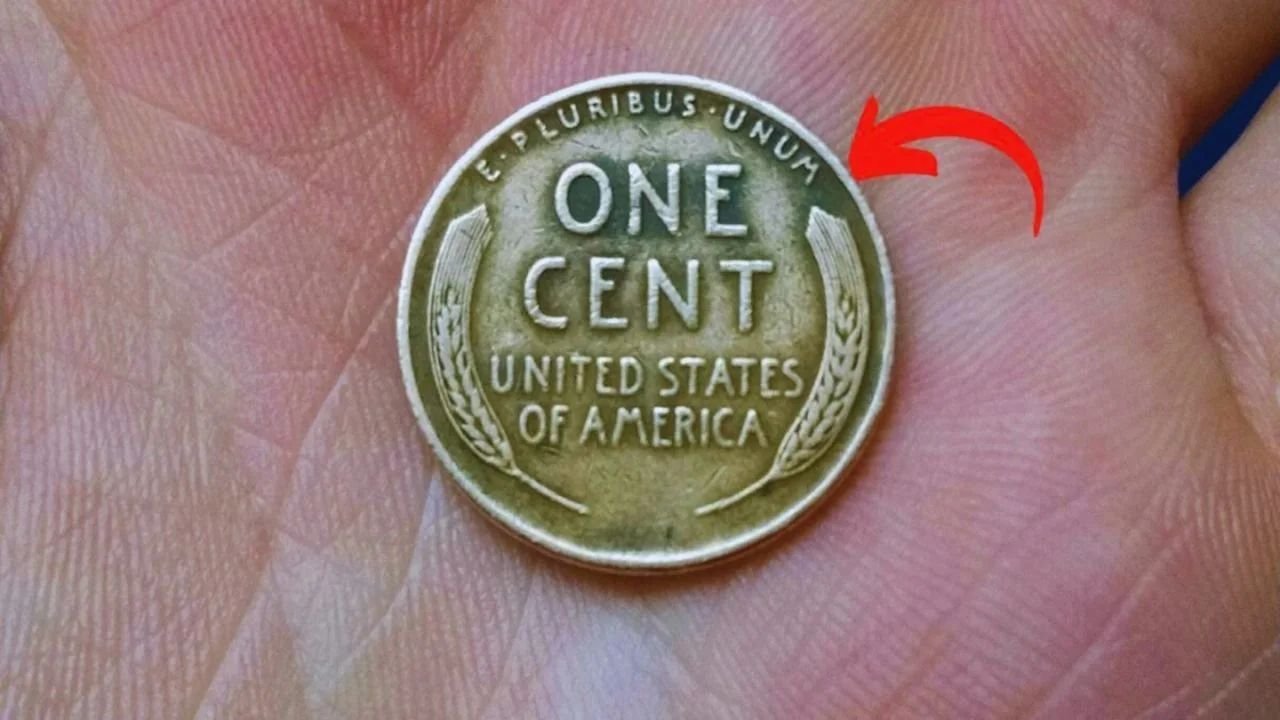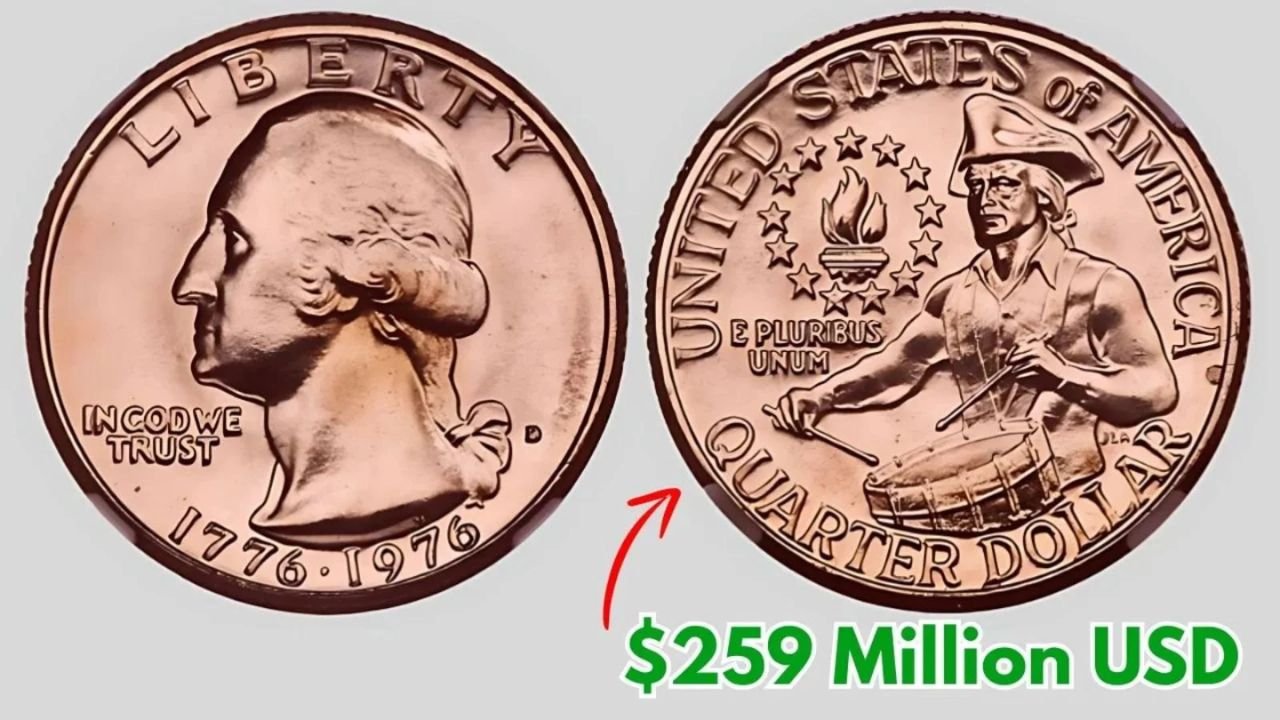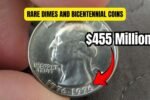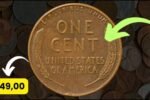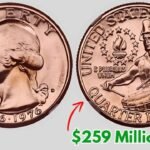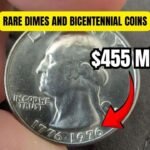The Lincoln Wheat Penny holds a legendary place in American coin history. Originally minted as a simple one-cent piece, its design, legacy, and rare variations have captured the imagination of collectors for over a century. Astonishingly, some Lincoln Wheat Pennies have fetched prices in the millions, with one rare piece reportedly valued at a jaw-dropping $37 million. While this may seem surreal for a penny, its history and scarcity explain why the Lincoln Wheat Penny has become a national treasure. Even today, these coins might be sitting unnoticed in a change jar or tucked away in a family heirloom.
A Symbol of Honor: The Birth of the Lincoln Wheat Penny
First introduced in 1909, the Lincoln Wheat Penny was launched to commemorate the 100th birthday of President Abraham Lincoln. It was the first American coin to feature a real person’s portrait instead of an allegorical figure like Lady Liberty. Designed by Lithuanian-American sculptor Victor David Brenner, the coin was instantly iconic. The obverse displayed Lincoln’s bust, while the reverse featured two wheat stalks framing the words “One Cent” and “United States of America,” symbolizing agricultural prosperity.
Brenner’s initials, V.D.B., were initially inscribed prominently on the reverse, sparking public criticism. They were quickly removed and later reintroduced more subtly, making early 1909-S VDB pennies highly desirable among collectors.
The Rarest Error That Changed History
In 1943, amid World War II, copper was a vital material for ammunition and military equipment. To conserve this resource, the U.S. Mint began producing pennies using zinc-coated steel. These 1943 steel cents had a shiny, silver-like appearance and were widely circulated.
However, a minting anomaly occurred. A few leftover bronze planchets from 1942 were accidentally used in 1943, resulting in the ultra-rare 1943 bronze Lincoln Wheat Penny. These rare coins were struck in Philadelphia, San Francisco, and Denver, making each location’s version a collector’s prize.
To date, fewer than 25 genuine 1943 bronze Lincoln Wheat Pennies have been authenticated. These error coins are among the most valuable in the world. One pristine specimen reportedly sold for more than $1.7 million at auction. Experts speculate that the finest condition examples could command up to $37 million depending on market demand and provenance.
Why the 1943 Bronze Lincoln Wheat Penny Is So Valuable
Several compelling reasons contribute to the incredible value of this rare coin:
- Extreme Rarity: Only a few examples are known to exist, making it one of the scarcest U.S. coins ever.
- Historic Significance: As a World War II-era error, it represents a unique chapter in American history.
- Condition: Coins in mint state or uncirculated condition with original luster fetch the highest prices.
- Collector Demand: Elite collectors view this coin as the crown jewel of any numismatic portfolio.
Also Read – Tata Safari EV 2025 Launched – Electric Power, Desi SUV Style!
How to Identify a 1943 Bronze Lincoln Wheat Penny
Think you may have found one of these treasures? Here are some tips to help identify it:
- Use a Magnet: Steel pennies will stick to a magnet; bronze coins will not.
- Check the Color: Bronze coins have a warm, reddish-brown tone, while steel pennies appear silver-gray.
- Weigh It: Bronze pennies weigh around 3.11 grams, compared to steel’s 2.7 grams.
- Seek Authentication: Have your coin reviewed by professional grading services like PCGS or NGC to confirm authenticity.
Other Valuable Lincoln Wheat Pennies Worth Watching For
While the 1943 bronze penny gets most of the headlines, several other Lincoln Wheat Pennies are incredibly valuable:
- 1909-S VDB Lincoln Wheat Penny: The first year of the series, with designer initials prominently displayed. Limited mintage makes it highly collectible.
- 1955 Doubled Die Penny: Due to a die misalignment, these coins feature a doubled date and lettering.
- 1944 Steel Penny: Another rare error, this coin was struck using leftover steel blanks instead of bronze in 1944.
Each of these coins can fetch thousands of dollars, especially when well-preserved.
The Lincoln Wheat Penny’s Cultural and Historical Legacy
More than just currency, the Lincoln Wheat Penny represents a century of American values, industry, and innovation. It carries the story of a nation through war, prosperity, and change. It also marks the shift from symbolic to personal representation on U.S. coinage, an innovation that has since become standard.
These pennies circulated widely in the 20th century, used in everything from candy purchases to war bonds. For many Americans, the Lincoln Wheat Penny evokes childhood memories, grandparent collections, and school coin clubs.
Getting Started with Collecting Lincoln Wheat Pennies
Coin collecting can be both a fun hobby and a potential investment. The Lincoln Wheat Penny is an excellent starting point for new collectors due to its availability and fascinating backstory. Here’s how to begin:
- Start Small: Search your home, old jars, or change drawers for older coins.
- Educate Yourself: Learn about mint marks, dates, and historical context.
- Use Tools: Get a magnifying glass, digital scale, and coin reference books.
- Join a Community: Online forums and local coin clubs offer knowledge and trading opportunities.
How to Care for Your Lincoln Wheat Penny Collection
Proper coin care is essential to maintaining and enhancing value. Here are best practices:
- Handle Carefully: Hold coins by the edges to avoid oil and fingerprints.
- Avoid Cleaning: Cleaning can damage the surface and reduce value.
- Store Properly: Use archival-safe holders, flips, or coin albums to protect coins from moisture and air.
- Grade and Authenticate: Have high-value coins certified by services like PCGS or NGC.
Could You Have a Million-Dollar Penny?
Believe it or not, the next $37 million Lincoln Wheat Penny could be lying in your drawer. With less than two dozen of the 1943 bronze versions known to exist, finding one is like winning the lottery. But rare finds happen. People have discovered valuable coins at garage sales, in old wallets, and even in pocket change.
That’s what makes collecting Lincoln Wheat Pennies so thrilling. The blend of history, mystery, and potential fortune makes this more than a hobby—it’s an adventure.
Final Thoughts
The Lincoln Wheat Penny is more than just a relic from the past; it’s a living piece of American history that continues to captivate collectors and enthusiasts. From its humble beginnings in 1909 to the jaw-dropping $37 million valuation of its rarest variant, the Lincoln Wheat Penny remains an enduring symbol of value, craftsmanship, and legacy.
Whether you’re a seasoned numismatist or a curious beginner, exploring the world of Lincoln Wheat Pennies can open the door to remarkable discoveries. And who knows? The next legendary coin might just be hiding in plain sight.
Disclaimer: Coin prices fluctuate based on condition, market demand, and collector trends. Always consult a certified coin dealer or grading expert for accurate evaluations.
Some Important Link
| Download News APP | Click Here |
| WhatsApp Group | Click Here |
| Home Page | Click Here |
